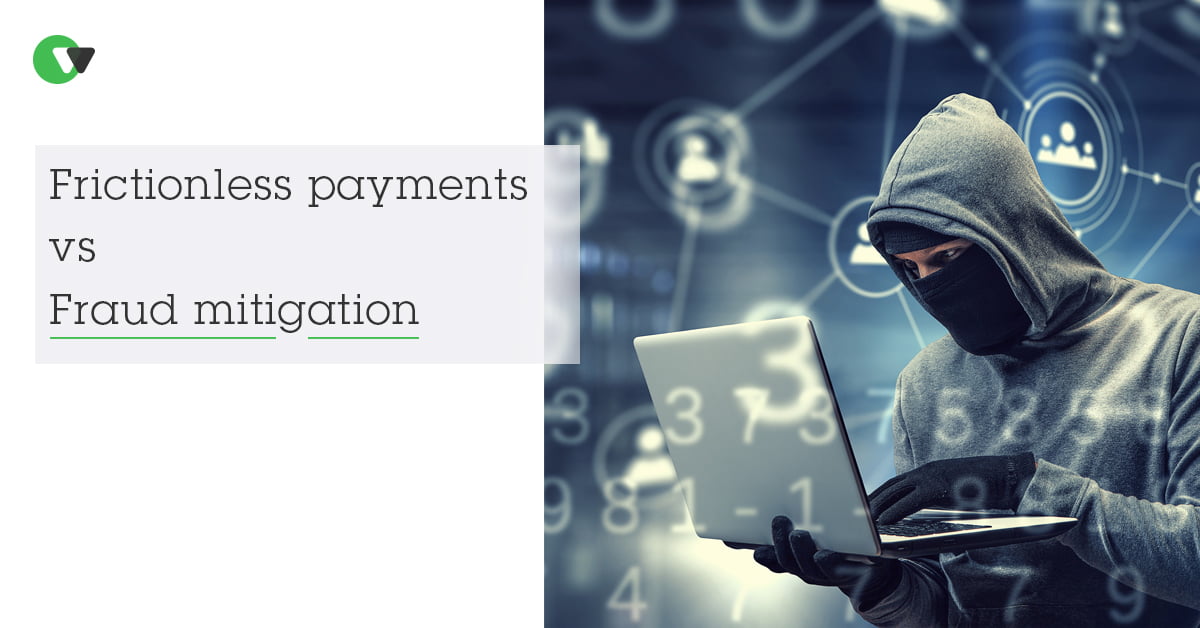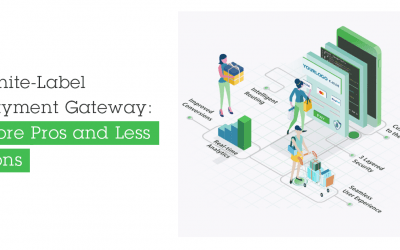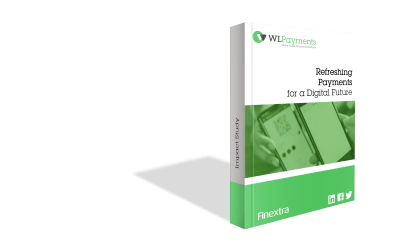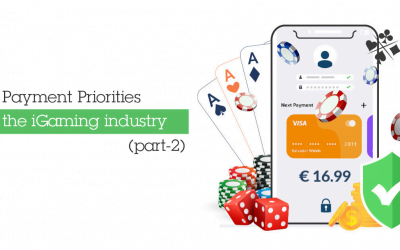
Frictionless payments vs Fraud mitigation
As the E-commerce sector is evolving, fraud is also becoming more prevalent and sophisticated. In fact, online payment fraud is projected to exceed 200 billion in losses over the next five years. Evidently, fraud mitigation is of growing importance to businesses that attempt to break the cycle of this constant cat and mouse game. In this article, we will discuss the main challenges associated with fraud prevention and the relevant tools your business can adapt to mitigate the risks.
Evolving fraud patterns
Fraud detection is challenging due to the continually evolving patterns. Fraudsters are relentlessly looking for new ways to commit online fraud and as soon as the market finds a solution to detect a certain type of fraud, it is likely that the fraudsters have already found an “innovative” way around it. This means that companies are usually one step behind, trying to catch up with new patterns. Thus, the nature of fraud places an excessive burden on the company’s departments that have to keep up with the pace and adapt anti-fraud solutions on a day-to-day basis.
The trade-off between happy customers and fraud costs
Fraud management is also greatly limited by customer service concerns. Often, fraud mitigation tools add friction to the checkout process, which is not compatible with the company’s desire to achieve an effortless shopping experience. Moreover, businesses are concerned that strict prevention measures can cause legitimate orders to get rejected, which will not only result in decreased sales but might also lead to the loss of a lifetime customer. After all, no customer wants to be treated like a criminal.
Omnichannel Retail
Omnichannel retail is leading the e-commerce business, as it promotes sales and provides a holistic customer experience. However, this also presents challenges to fraud prevention, since customer behavior is less predictable and abnormal behavior is harder to identify. When customers are constantly moving between different devices and channels, fraudulent activity is becoming harder to spot and requires a more sophisticated analysis of customer behavior. Thus, fraud prevention no longer depends on a single, static view of the customer, but rather requires data on the whole customer journey.
Data Breaches
Although customer data is an integral part of fraud detection, it can also be a double-edged sword and a source of vulnerability. The account setup process usually requires customers to provide personal information, which in case of a data breach, can be later utilized by fraudsters. Legitimate customer information is often sold on illegal markets in order to facilitate fraud. Moreover, traditional data protection methods, such as passwords, might also compromise data security. Besides the fact that passwords can be easily hacked, a global study conducted by Experian found that only 19% of customers change their password at the recommended time, increasing the probability of fraud.
Solutions
Fraud prevention is a convoluted issue that presents many challenges to businesses. Evolving fraud patterns, customer service concerns, omnichannel retail and data breaches are some factors that complicate fraud mitigation. Evidently, traditional solutions, such as manual review, are not suitable anymore as they are inflexible, prone to error and time-consuming. So, what can you do?
First, machine learning systems provide many benefits; they are proactive and identify fraud in real time, using past data and new knowledge simultaneously. This can mitigate some risks associated with changing fraud patterns, as machine learning can recognize new patterns unobserved by humans. It can also enable businesses to better understand customer behavior and detect abnormalities, while reducing the amount of false positives and preserving customer relationships. Besides being more accurate, machine learning is also more efficient and cheaper than manual review performed by fraud analysts. However, it is also important to not forget that machine learning runs on what is “given” to it, so high-quality and accurate data is essential for effective prevention.
Moreover, biometric authentication such as fingerprint, face or voice recognition, is also a useful prevention tool. 3DS2 provides such authentication if a transaction is deemed high-risk, which presents a frictionless solution to online fraud. This replaces the traditional, easily hackable authentication like passwords and makes it harder for fraudsters to impersonate customers. Therefore, the adoption of 3DS2 is certainly worth considering.
Lastly, tokenization is another valuable fraud mitigation strategy. In short, tokenization replaces sensitive account and card information with something that cannot be decrypted, thus securing the transmission of sensitive data. This precludes data breaches and prevents the fraudsters from obtaining customers’ data.
Conclusion
As discussed in this article, fraud mitigation poses a great concern to many businesses, while there are several factors complicating the process. The bad news is that fraud is a constant battle and is probably never going to disappear, as fraudsters are constantly coming up with new and creative strategies. However, the good news is that there are technologies your business can adapt to circumvent fraud. Best of all, the adoption of these can be really simple and effortless if your payment service provider or gateway already offers these solutions.
Leave your questions
FEATURED PAGES
White Label Payment Gateway: More Pros and Less Cons
White Label Payment Gateway: More Pros and Less ConsWhite Label Payment Gateway.Payments are an integral part of your business and having the right partner to help you with this is a major advantage. As the world is shifting towards online payments, secure and fast...
Refreshing Payments for a Digital Future
Refreshing Payments for a Digital FutureA Guide for your New Payment Platform: building your own or going for a PaaS?Impact Study on Payments for a Digital FutureRefreshing Payments for a Digital FutureIn collaboration withA relevant read for everyone who needs:...
Six Payment Priorities for the iGaming Industry
Six Payment Priorities for the iGaming Industry In our previous blog, we explored the importance of fraud mitigation for payments in the iGaming industry. However, it is important to stress that implementing fraud prevention tools alone are not enough. Fraud...



